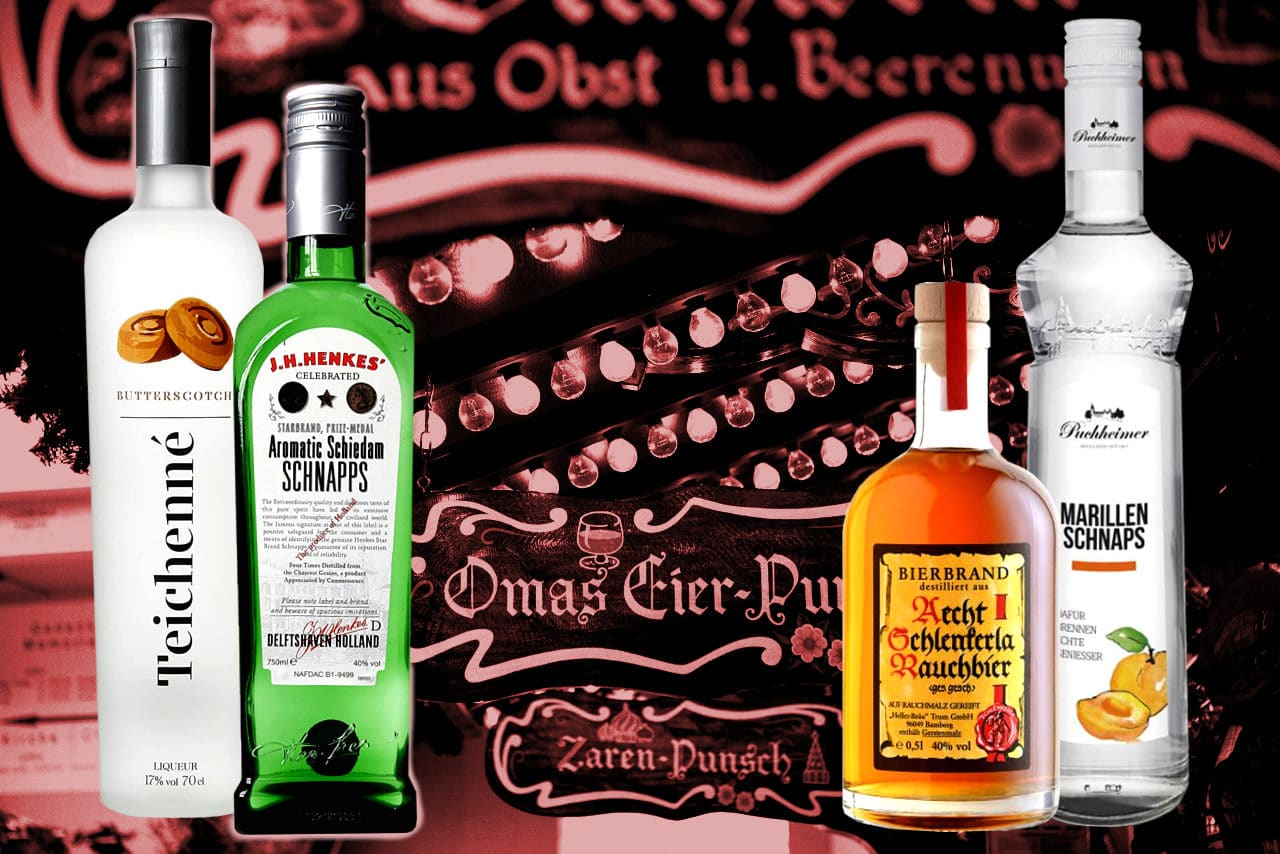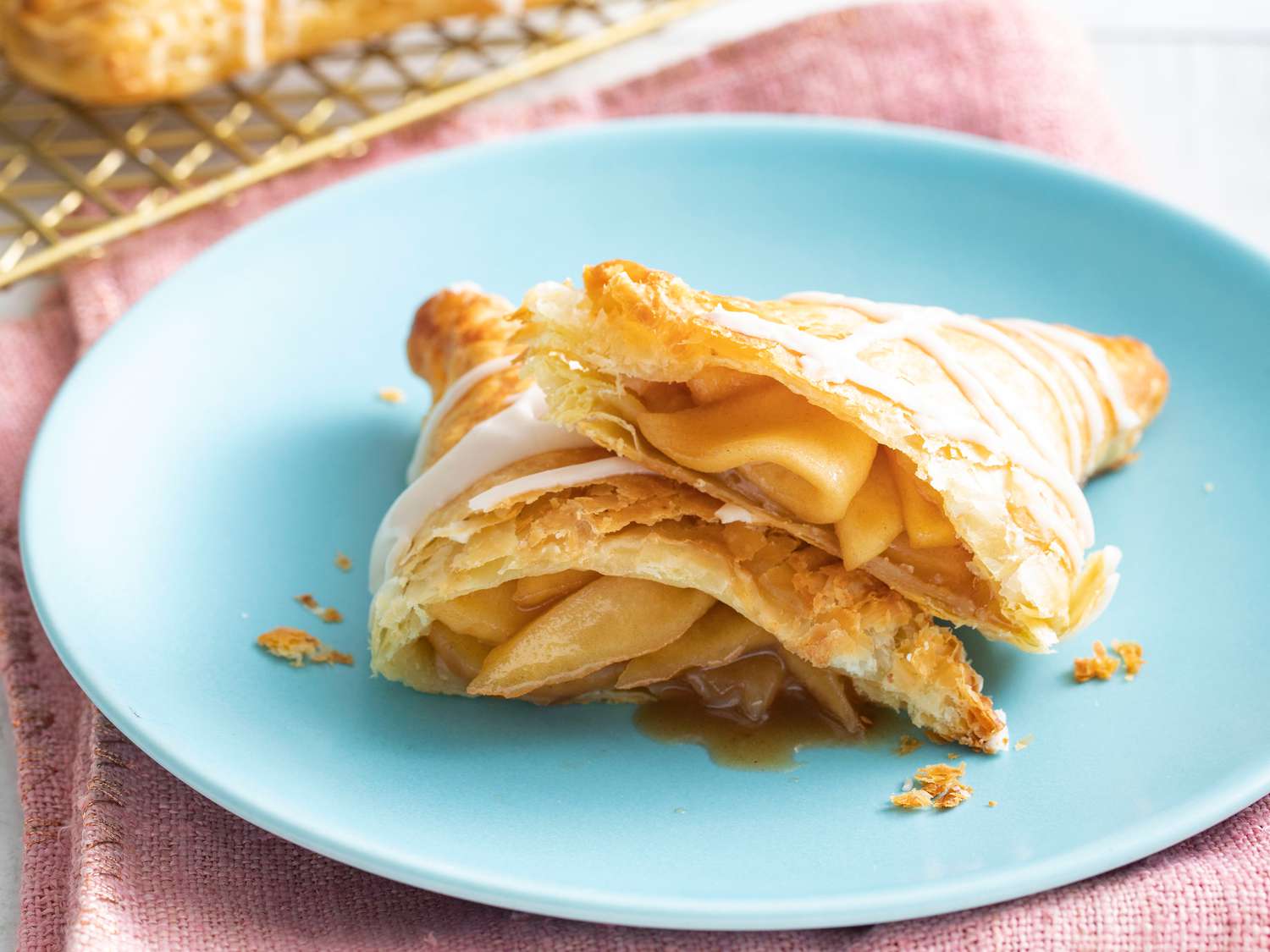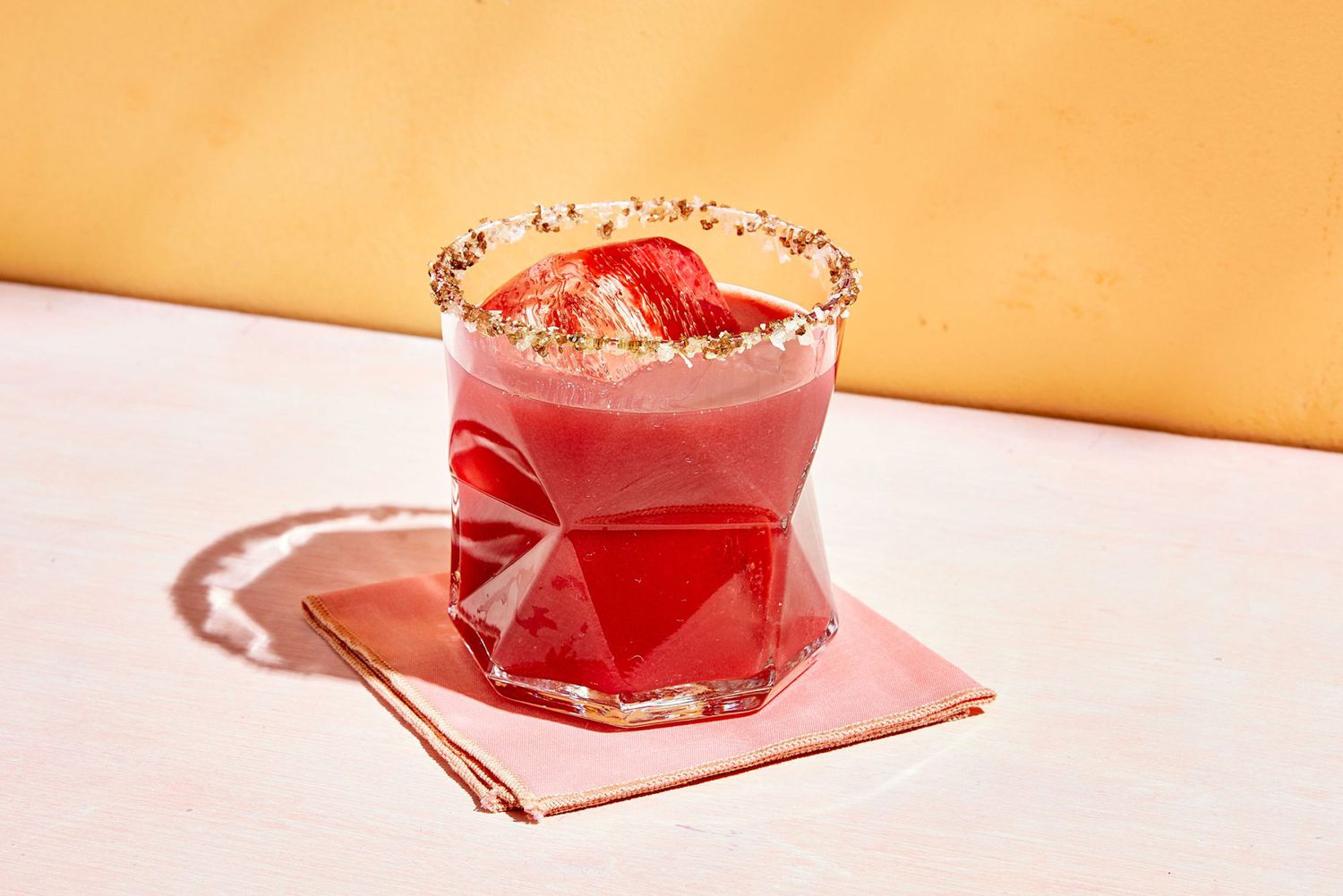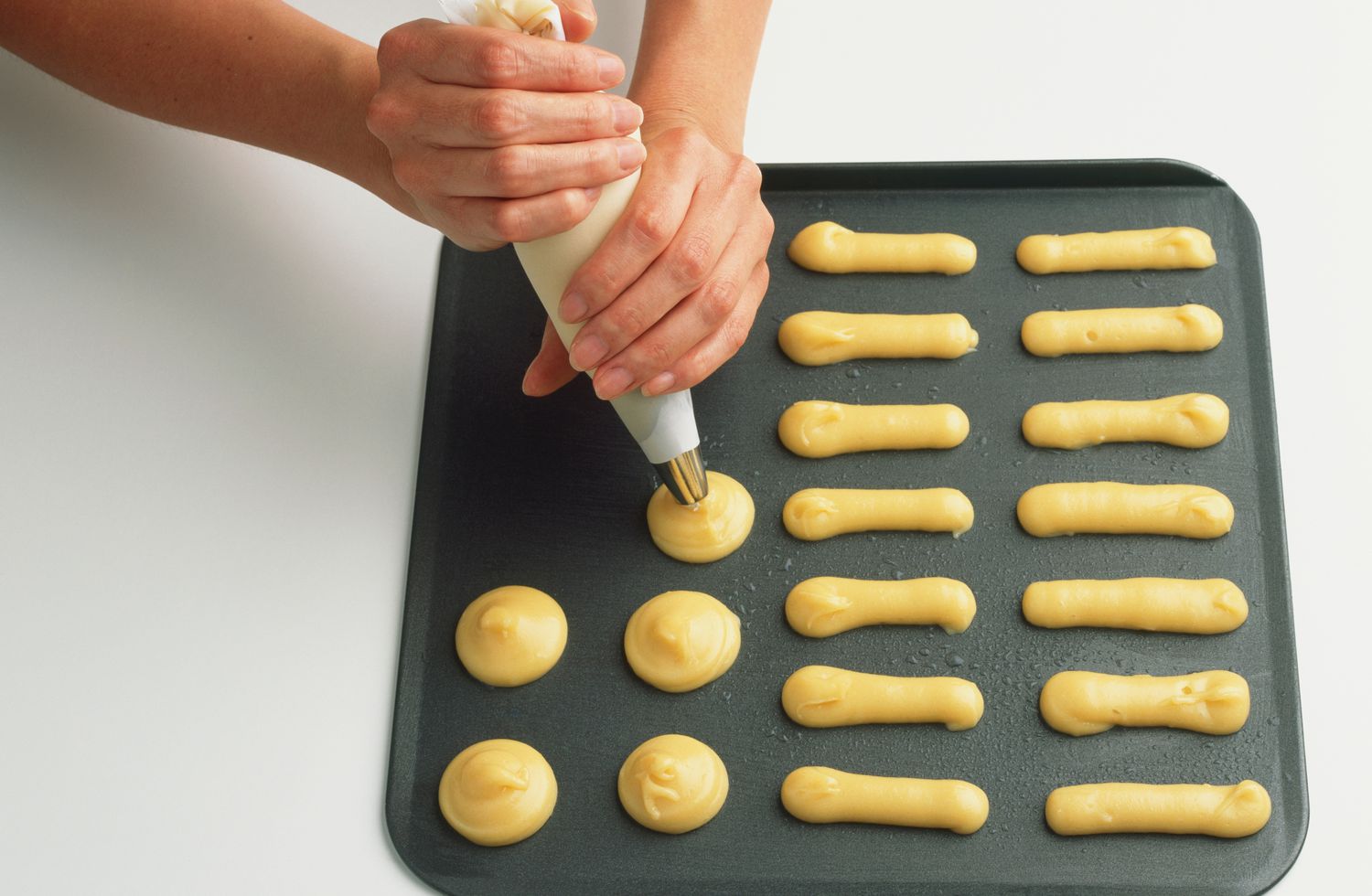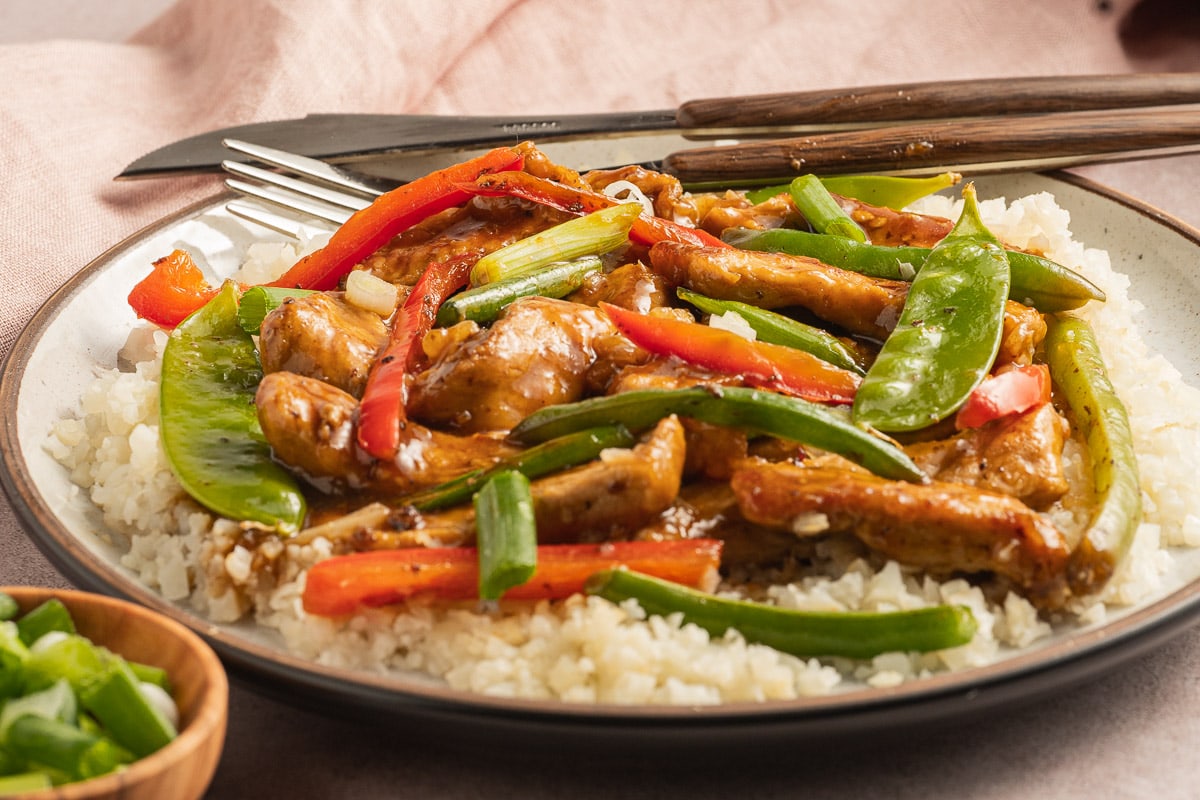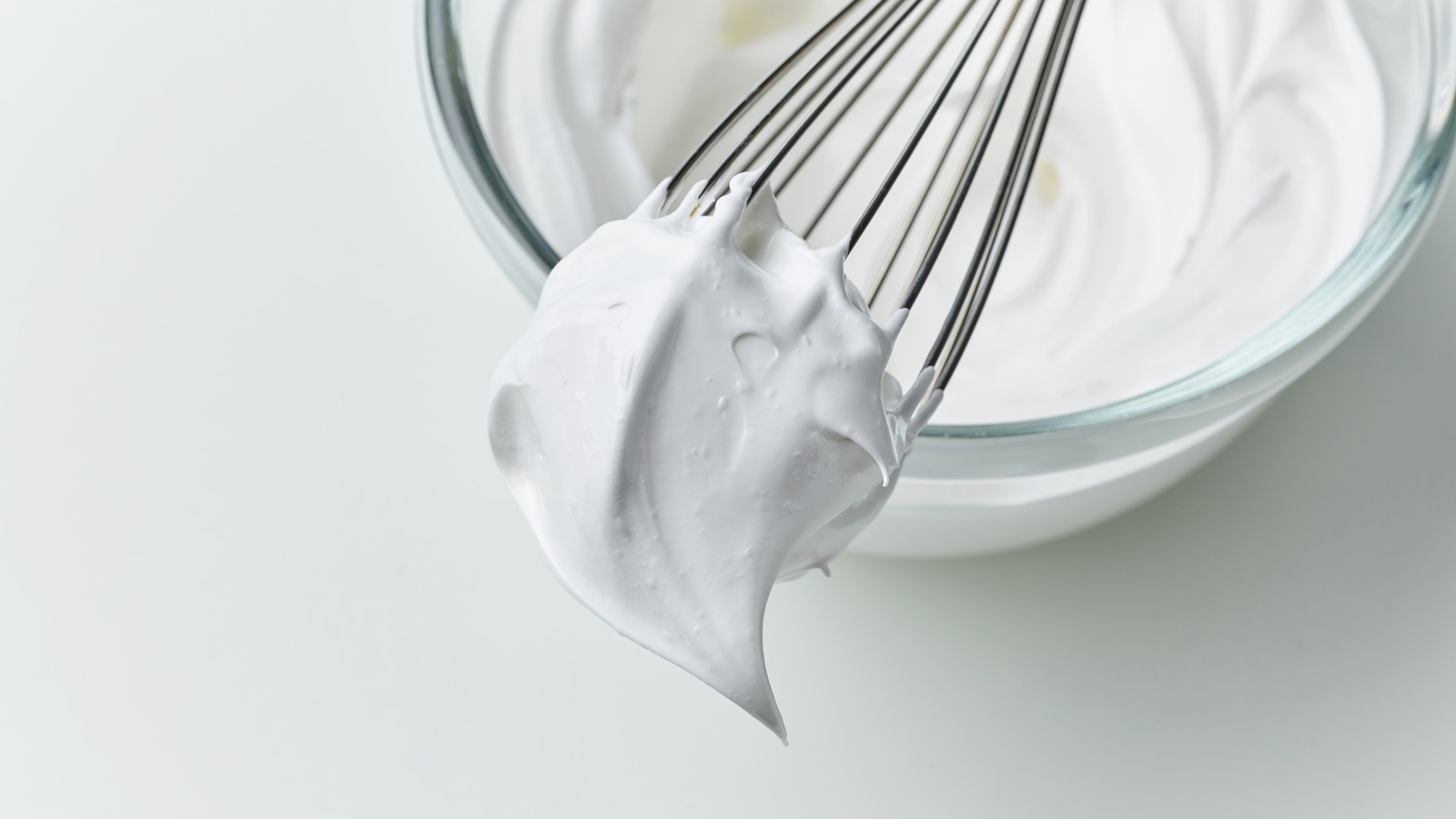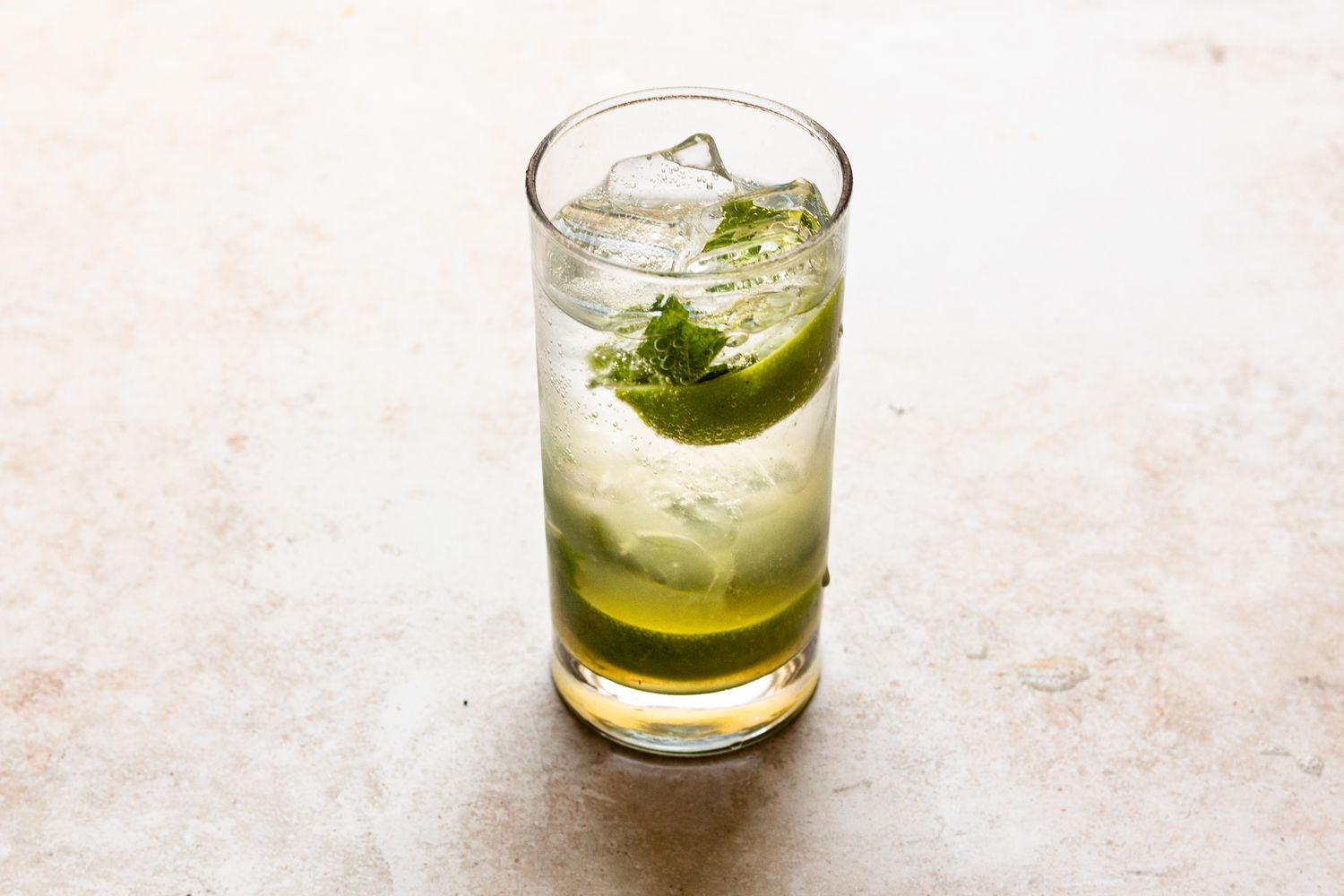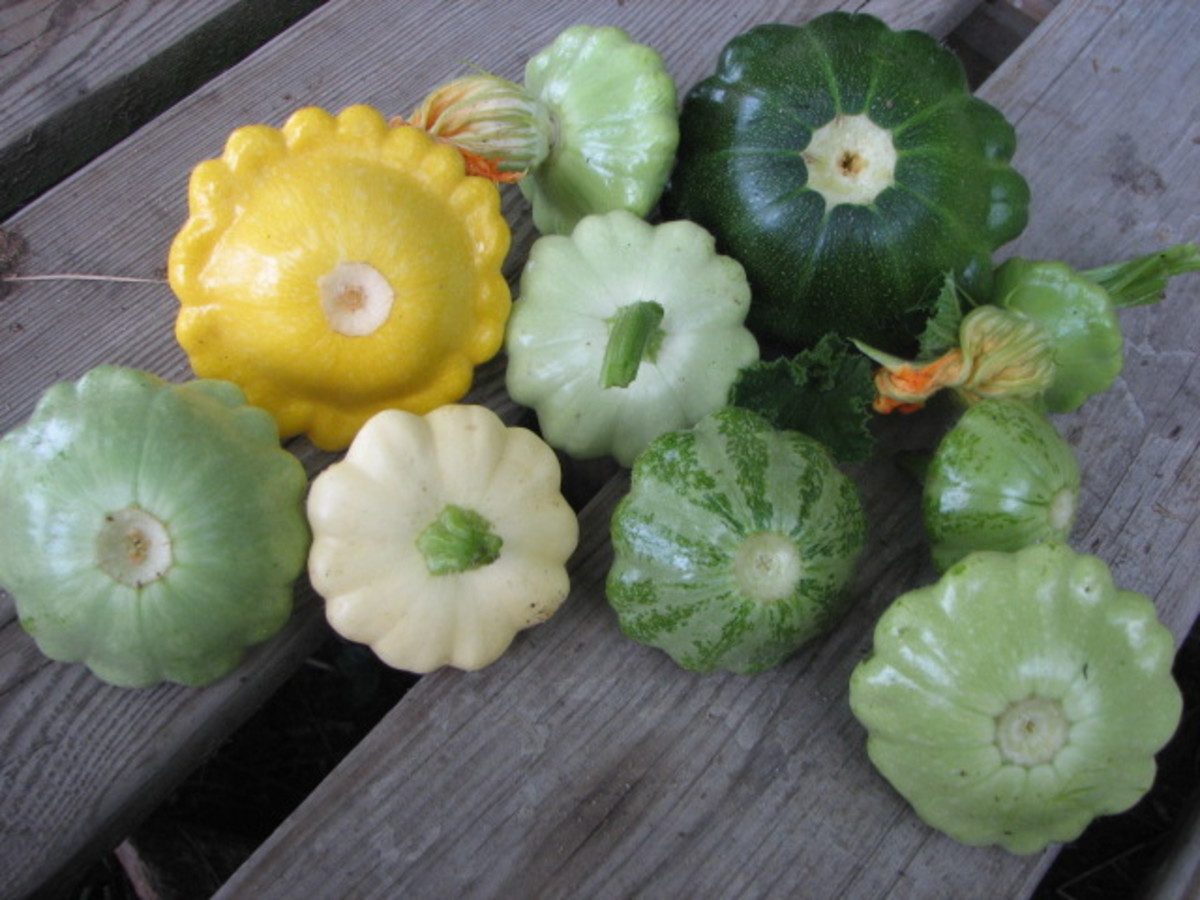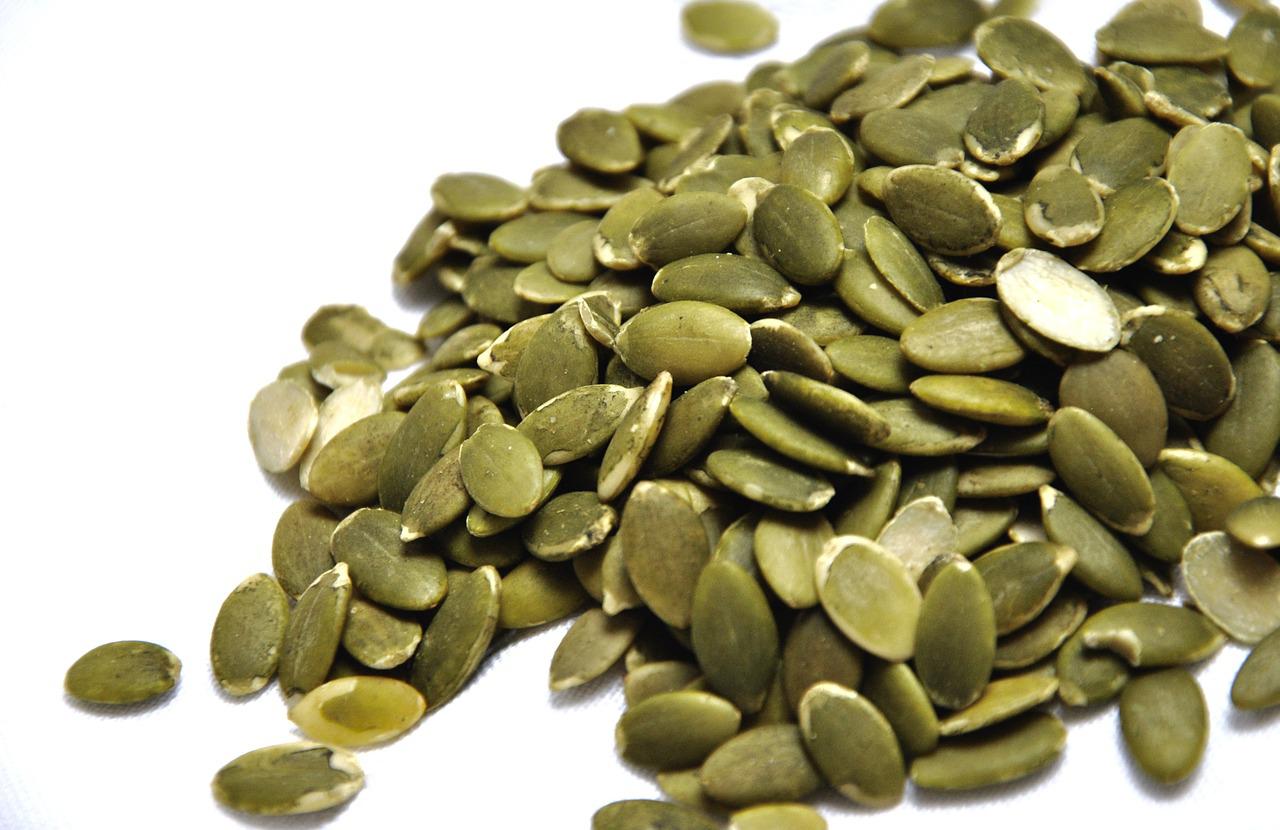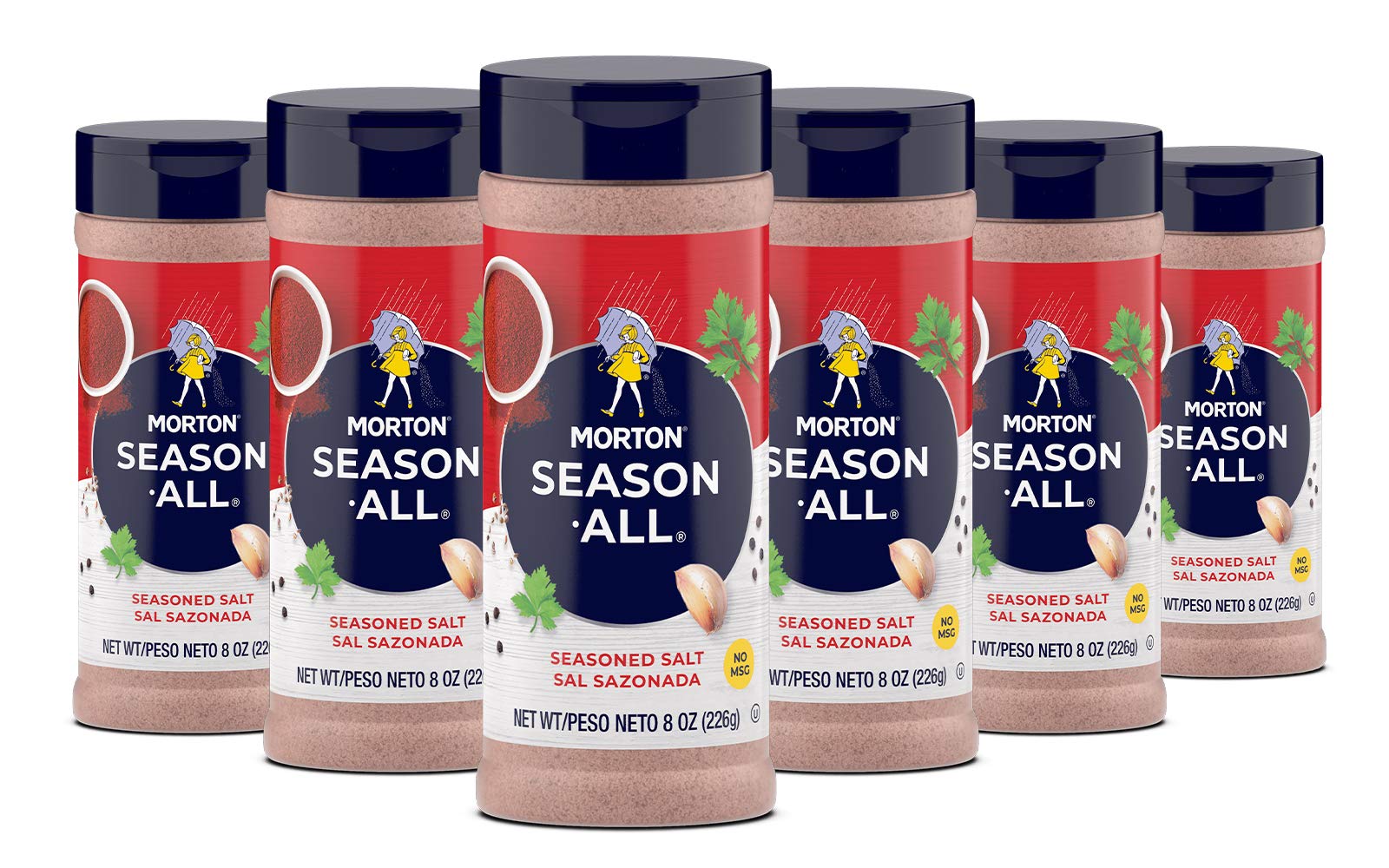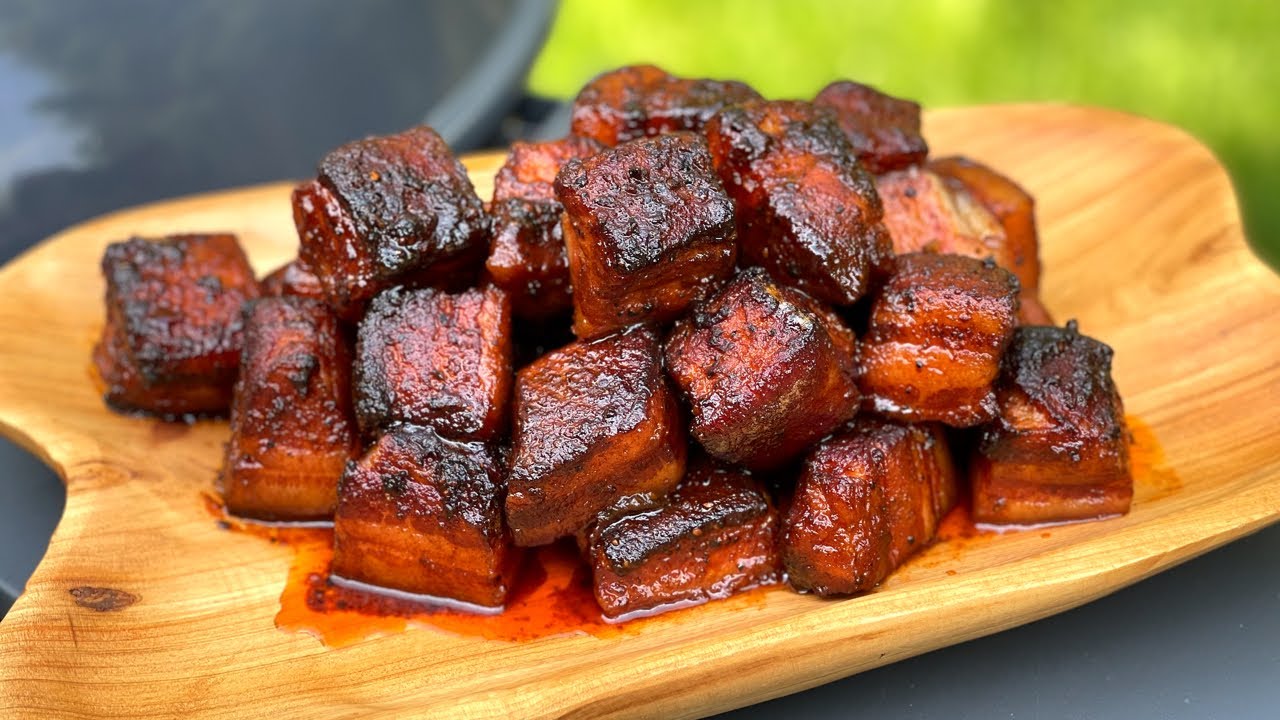Understanding Manteca Lard: A Versatile Ingredient in Mexican Cuisine
When it comes to traditional Mexican cooking, manteca lard plays a significant role in adding flavor and texture to a wide range of dishes. Derived from rendered pork fat, manteca lard has been a staple in Mexican kitchens for generations. Let’s delve into what manteca lard is and how it is used in cooking.
What is Manteca Lard?
Manteca lard is a type of rendered pork fat that is commonly used in Mexican cuisine. It is obtained by slowly cooking and melting pork fat until it reaches a liquid state. The resulting product is a rich, creamy, and flavorful cooking fat that is widely used in traditional Mexican recipes.
Uses of Manteca Lard in Mexican Cuisine
Manteca lard is a versatile ingredient that is used in various ways in Mexican cooking. Here are some common uses of manteca lard:
- Cooking Beans: In Mexican cuisine, manteca lard is often used to cook beans, adding a rich and savory flavor to the dish.
- Making Tamales: Tamales, a traditional Mexican dish, often call for manteca lard in the masa, the dough used to make the tamales.
- Frying: Manteca lard is commonly used for frying foods, adding a delicious flavor and crispy texture to dishes such as chicharrones (pork rinds) and crispy tacos.
- Baking: In baking, manteca lard can be used to make flaky and flavorful pie crusts and pastries.
Health Considerations
While manteca lard adds a unique flavor and texture to dishes, it is important to use it in moderation due to its high saturated fat content. However, recent studies have shown that lard can be a healthier alternative to some vegetable oils, as it is high in monounsaturated fats and low in polyunsaturated fats.
Where to Find Manteca Lard
Manteca lard can be found in many Mexican grocery stores and specialty food markets. It is often sold in tubs or blocks and can be stored at room temperature for extended periods.
Conclusion
Manteca lard is a cherished ingredient in Mexican cuisine, adding rich flavor and texture to a wide range of dishes. While it should be used in moderation due to its high saturated fat content, it remains a beloved and versatile cooking fat in traditional Mexican cooking.
Next time you’re preparing a Mexican dish, consider incorporating manteca lard for an authentic and delicious flavor experience.
Was this page helpful?
Read Next: What Is A Main Dish
